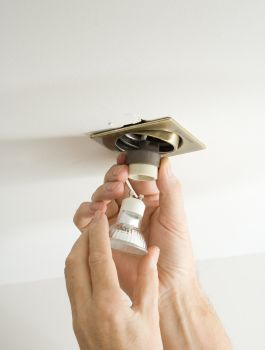|
No.1 in Uk for QUALITY & PRICERAted Excellent in over 17,000 reviews
FIND THE EXACT PRODUCT YOU NEEDLive Chat with our Expert Team
|
Feedback

How was your experience?
-
 Hate
Hate
-
 Dislike
Dislike
-
 Neutral
Neutral
-
 Like
Like
-
 Love
Love
Need help? Use our Live Chat or contact us.
We may wish to contact you. Please enter your email address if you are happy with us contacting you.
Email Address (optional)
Please enter a valid email address
Thank you for your feedback.





















